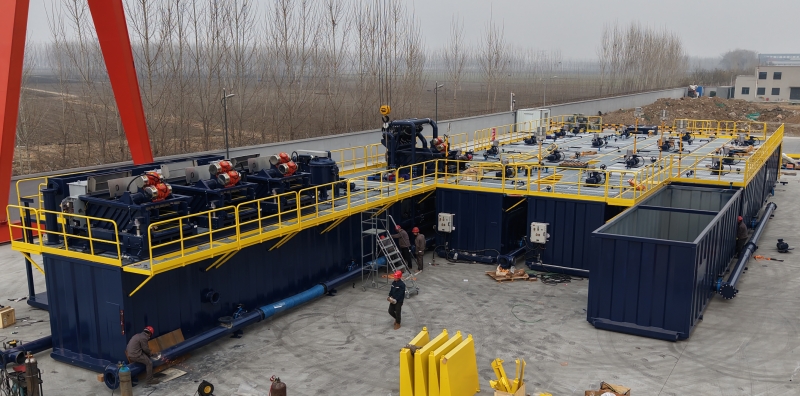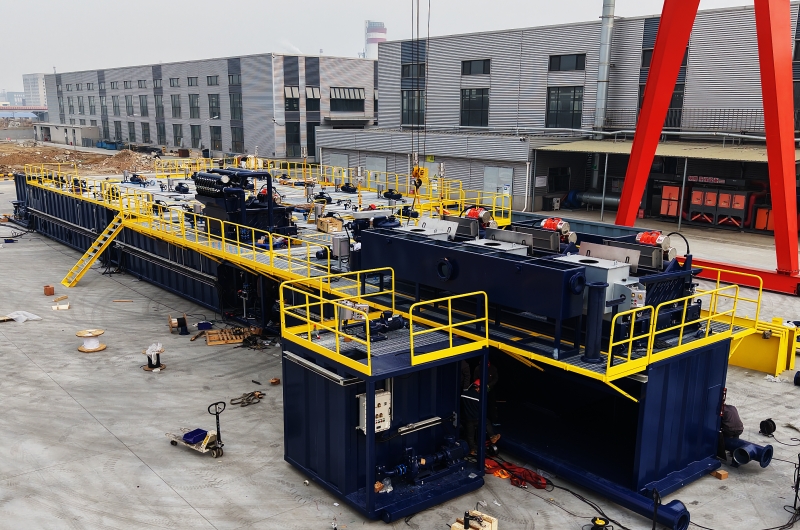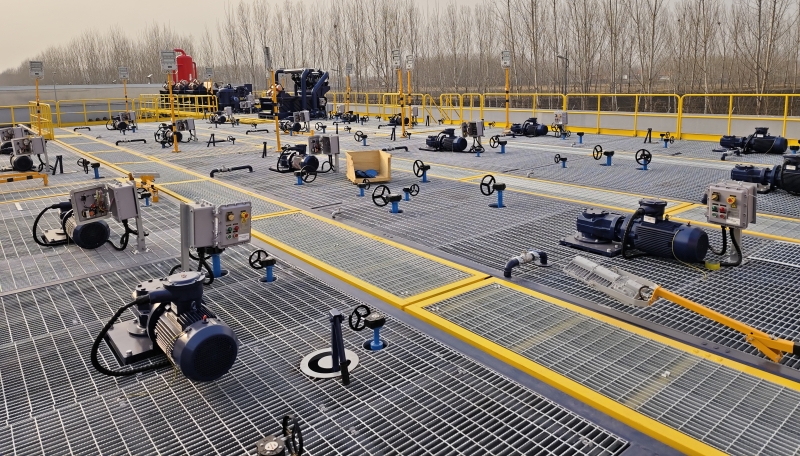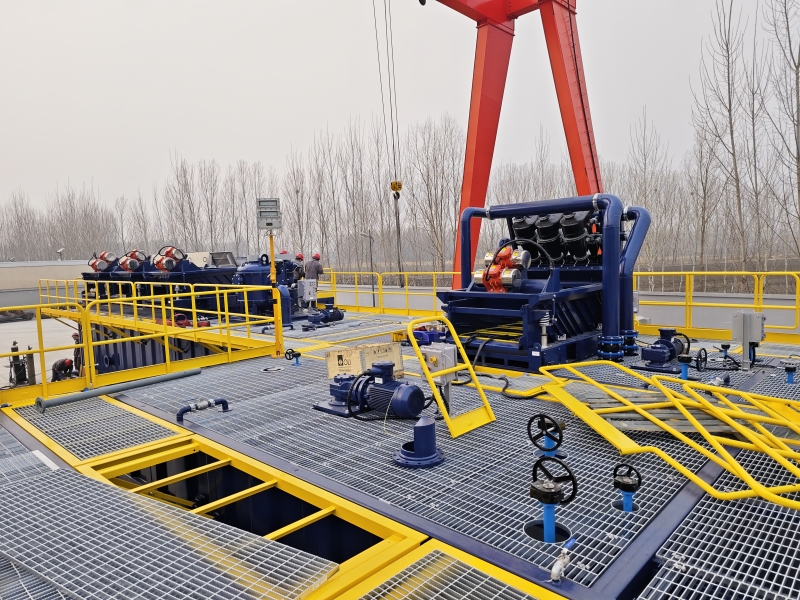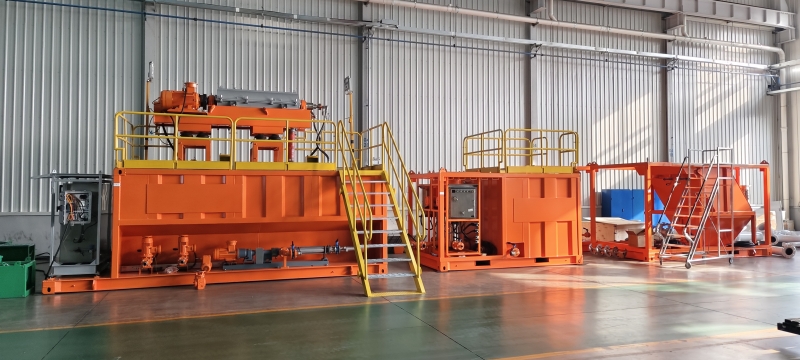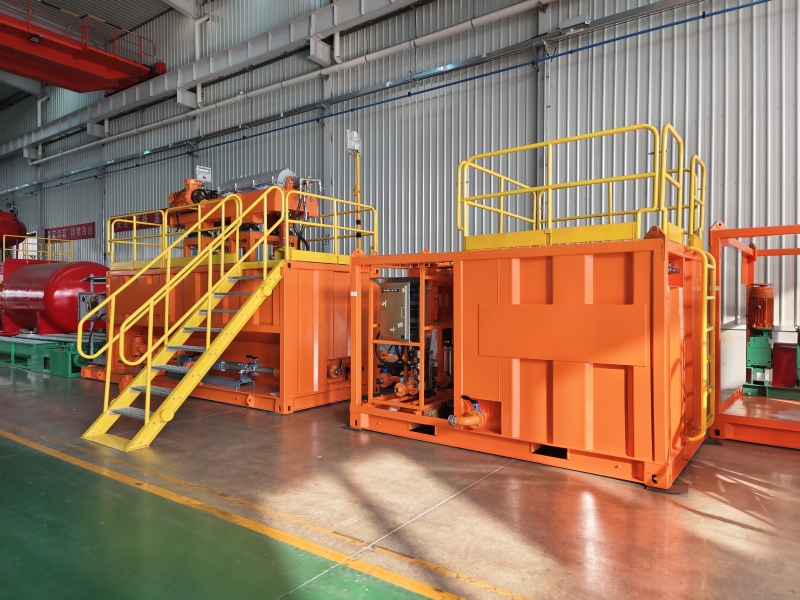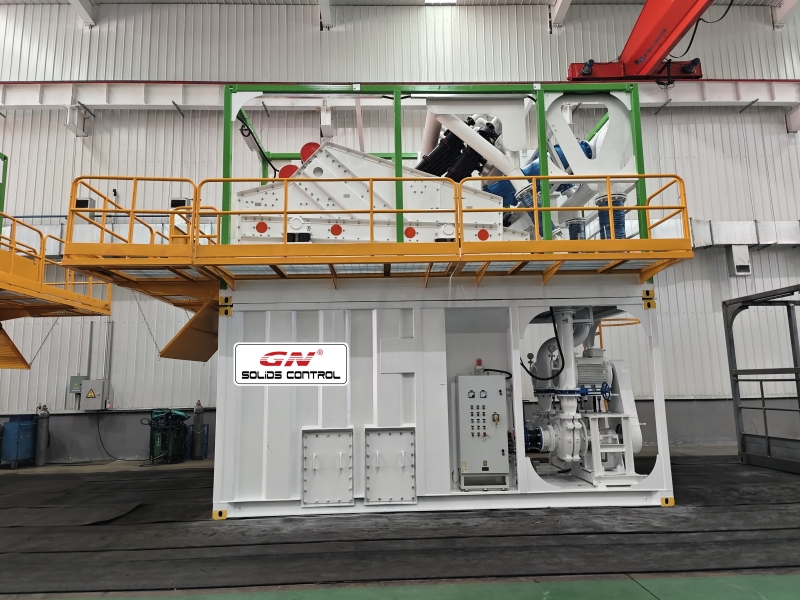
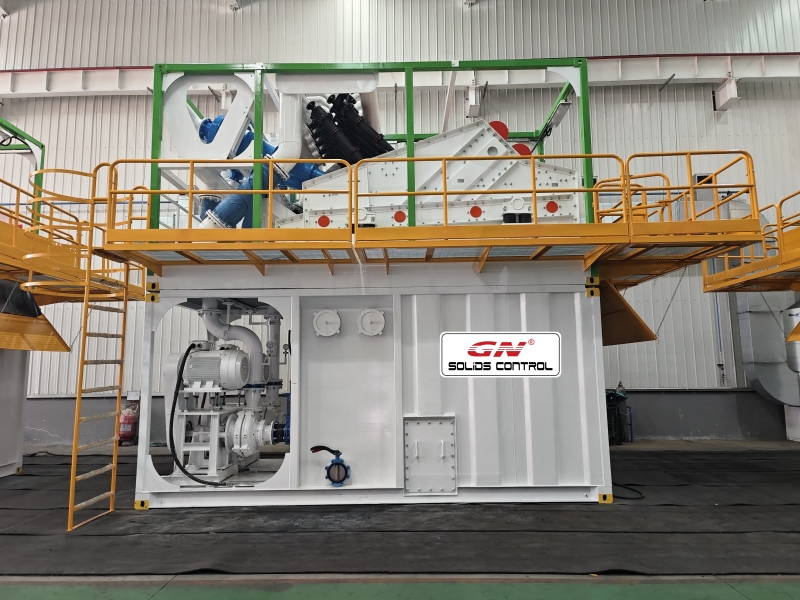
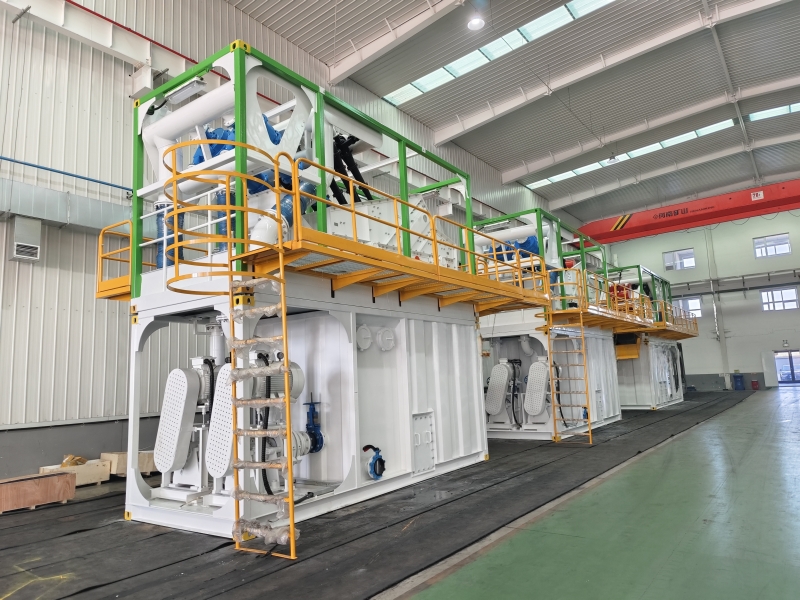
GN Solids Control Co., Ltd. is a Chinese company specializing in solids control equipment and waste management solutions for the oil and gas drilling industry. The company provides a range of products and services designed to separate and manage drilling fluids (mud) and cuttings, ensuring environmental compliance and operational efficiency.
A Mud Recycling System (also known as a Slurry Separation System) is essential in Tunnel Boring Machine (TBM) projects, especially those using slurry shield TBMs or earth pressure balance (EPB) TBMs with conditioning additives. The system helps separate, recycle, and dispose of excavated soil and slurry efficiently, ensuring smooth tunneling operations while minimizing environmental impact.
Key Components of a Mud Recycling System for TBM Projects
1.Shaker Screen (Vibrating Screen)
-
- Removes large particles (>74μm) from the slurry.
- Uses vibration to separate solids from liquids.2.Hydrocyclone (Desander & Desilter)
- Desander: Removes medium-sized particles (20-74μm).
- Desilter: Removes fine particles (5-20μm).
- 3.Slurry Pump System
Circulates slurry between the TBM excavation face and separation units.
Functions of the Mud Recycling System in TBM Projects
Separates excavated soil from slurry for reuse or disposal.
Recycles bentonite slurry (in slurry shield TBMs) to reduce material costs.
Maintains slurry properties (viscosity, density) for optimal TBM performance.
Reduces waste volume, lowering disposal costs and environmental impact.
Ensures stability at the tunnel face by maintaining proper slurry pressure.
Benefits of Using a Mud Recycling System
✅ Cost Savings – Reduces bentonite and water consumption.
✅ Environmental Compliance – Minimizes hazardous waste discharge.
✅ Improved TBM Efficiency – Maintains optimal slurry conditions.
✅ Reduced Downtime – Prevents clogging and equipment wear.
Conclusion
A well-designed mud recycling system is crucial for TBM tunneling projects to ensure efficient slurry management, cost control, and environmental protection. The choice of system depends on the TBM type (slurry/EPB) and ground conditions.
For any prompt reply, please find the info below.
Michael song
Whatsapp: +86 17801799913
Email: michael@gnsolidscontrol.co


